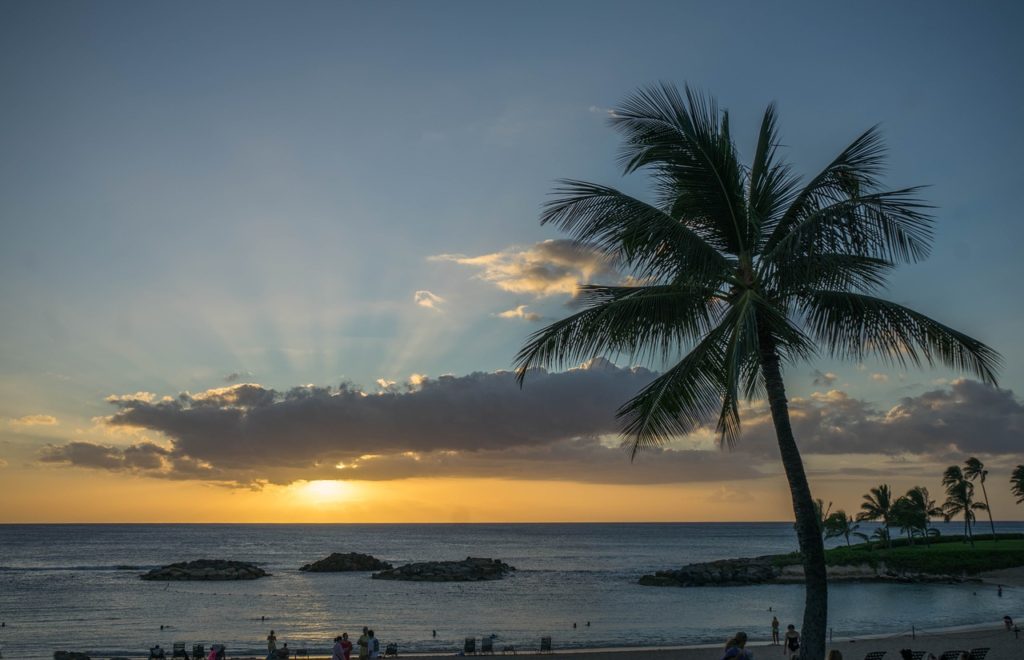“What’s the basic difference between Drop D vs Open D tuning?” Both are popular alternate guitar tunings. However, which string notes you alter, and how you play them once you’re done, will give them very different sounds. As a bonus, I’ve also added sections on Double Drop D and DADFAD tuning. Keep reading to learn what they are, and how you play them. Estimated reading time 3 minutes.
Read More

